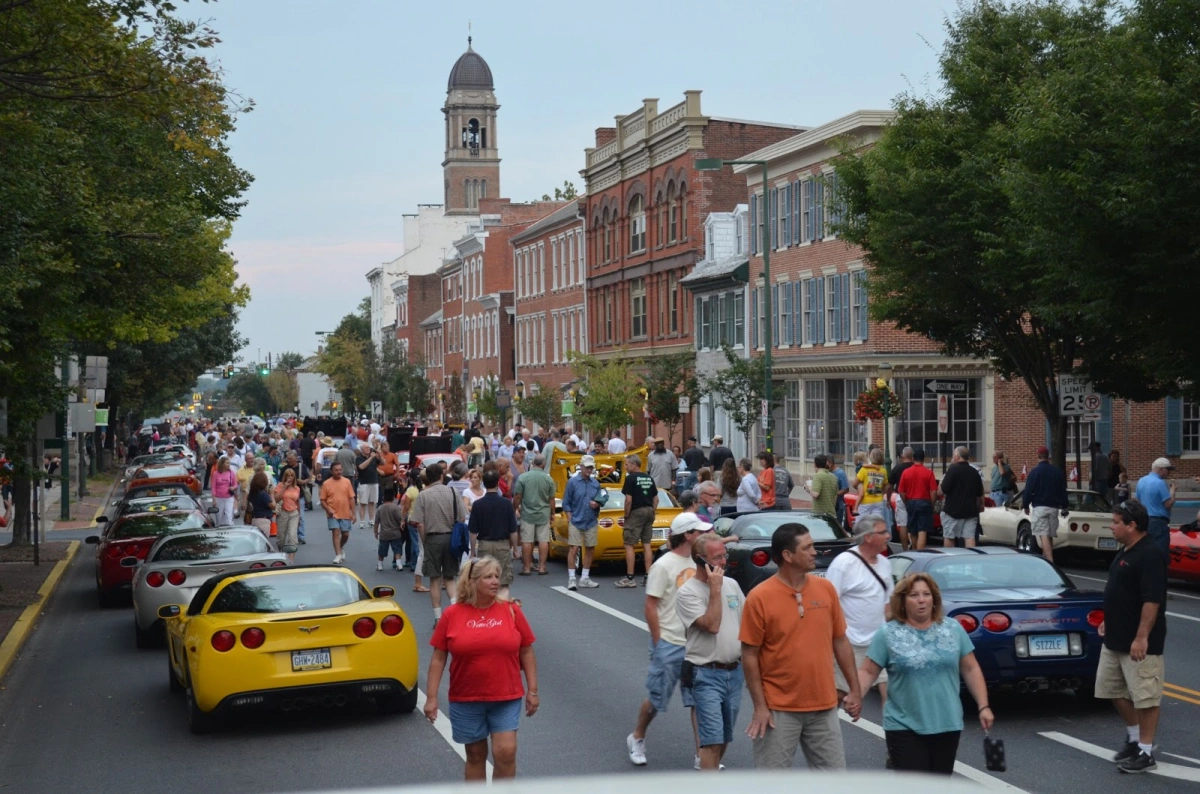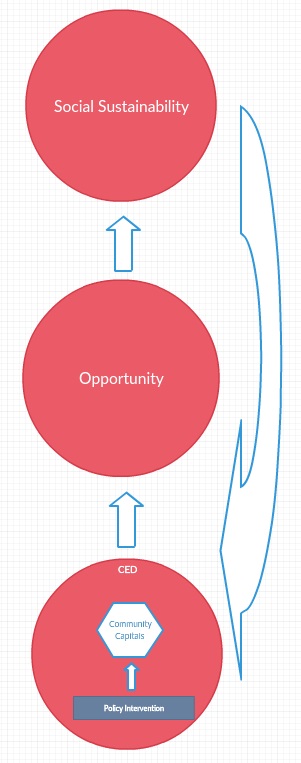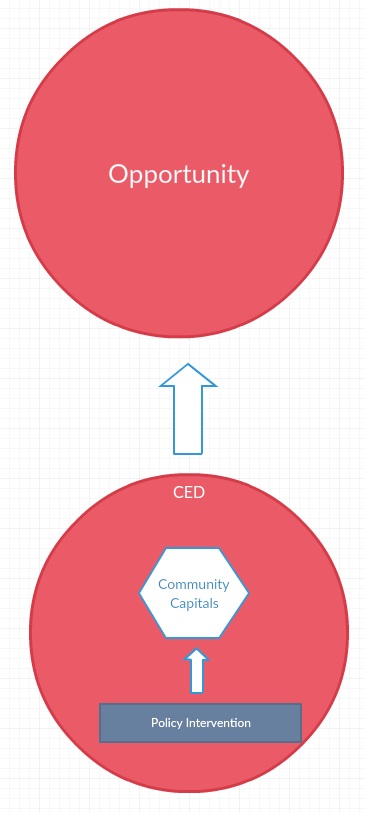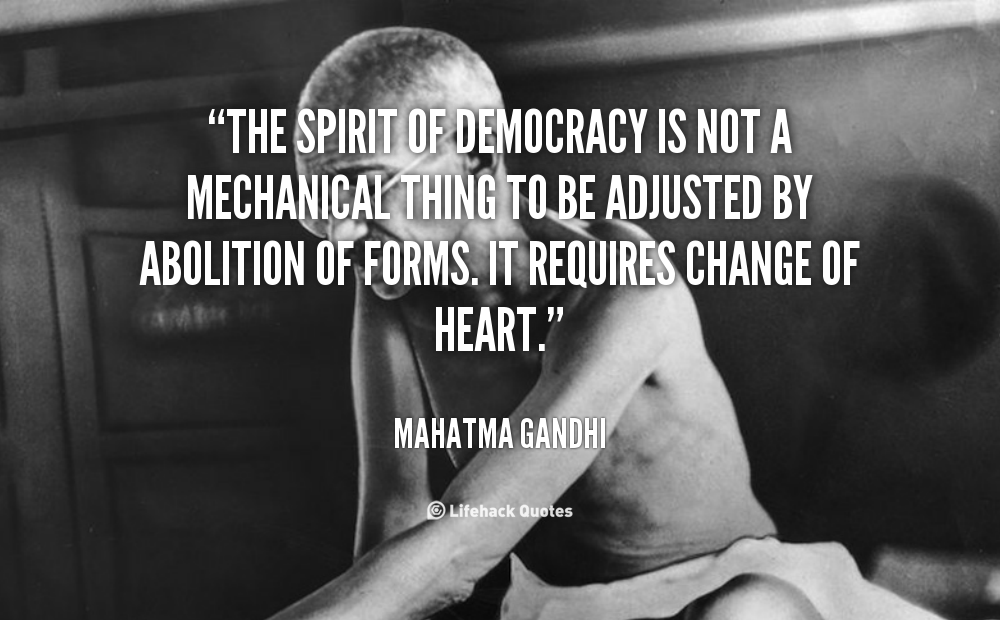Carlisle, a Central Pennsylvania borough positioned twenty-five miles west of Harrisburg, has a deep and rich history through the American Revolution and Civil War until today. Especially during the Industrial Revolution and the latter part of the 20th century, many factories provided a majority of the jobs in the town and were the economic foundation for the community.
However, as seen in countless other communities across the country, these factories fell away and left the town in quick succession due to widespread deindustrialization and globalization: the International Automotive Components factory closed in 2008, the Tyco Electronics factory in 2009, and the Carlisle Tire & Wheel factory in 2010.
The Borough of Carlisle was faced with an enormous challenge yet an enormous opportunity in how to develop the three brownfield sites on the northern side of town. In 2013, after a long and deliberative process, the Carlisle Urban Redevelopment Plan was published, and is an interesting case study to highlight how the CED-SS model can and has been applied in urban communities.
Continue reading “Community-Centered Urban Redevelopment: Case Study of Carlisle, PA”





